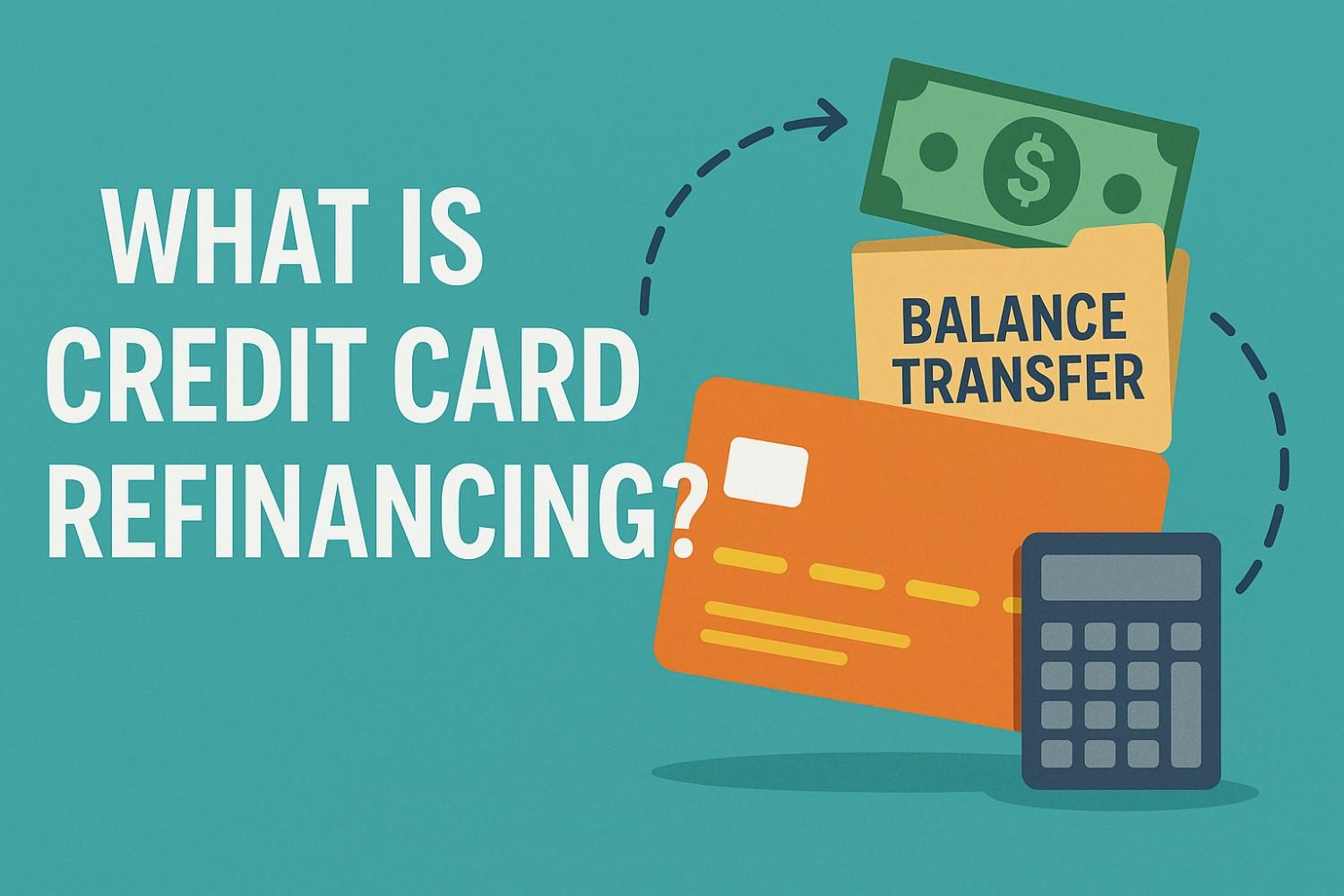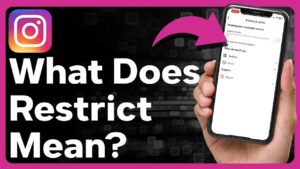If you’ve wondered what is credit card refinancing, you’re not alone. The first time I heard the term, I pictured mortgage paperwork and endless waiting rooms. In reality, refinancing your card debt can be as simple as moving what you owe to a lower-rate option—often a 0% intro APR balance-transfer card or a fixed-rate personal loan—so more of your payment hits principal and you get out of debt faster.
What is credit card refinancing in simple terms?
Credit card refinancing means paying off an existing credit-card balance with a new financing source that has better terms—usually a lower interest rate or a promotional 0% period. You can do this two common ways:
- Transfer your balance to a new credit card with a 0% intro APR for a set period (often 6–18 months).
- Use a debt-consolidation/personal loan with a fixed APR and term, then pay the card off and repay the loan in installments.
Both approaches aim to reduce interest, simplify payments, and set a clearer payoff timeline. Just watch for fees and the fine print (like how long the promo APR lasts and whether new purchases accrue interest immediately).

How does credit card refinancing work step-by-step?
With a balance-transfer card:
- Apply for a card offering a 0% intro APR on balance transfers.
- After approval, initiate the transfer from your old card(s) to the new one.
- Pay a transfer fee (typically 3%–5%).
- Make on-time payments and aim to pay off the full balance before the promo ends.
With a personal loan:
- Pre-qualify to see your estimated fixed APR and term without impacting your credit (at many lenders).
- If approved, use loan funds to pay off your cards.
- Repay the loan via fixed monthly payments over 2–5 years (varies by lender).
Credit card refinancing vs. debt consolidation: what’s the difference?
The terms overlap a lot online. Generally, “refinancing” points to replacing one debt (like a single card) with better terms, while “consolidation” often means rolling multiple debts together—though lenders and educators use both terms interchangeably in consumer finance. Bottom line: both strategies replace higher-interest card debt with lower-cost financing so you pay it off faster.

Is credit card refinancing actually worth it?
It can be—if the math works and you stick to a payoff plan. A balance transfer saves interest during the promo window, and a fixed-rate personal loan can impose helpful structure and a defined end date. But you should weigh fees, your payoff speed, and your ability to avoid adding new card charges. Most guides agree: calculate total costs before you switch.
What are the pros and cons I should know?
Pros
- Lower interest (or 0% for a period) → faster payoff.
- Simpler payments (one card or one loan).
- Potential credit-score benefits if you reduce utilization and pay on time.
Cons
- Transfer fees (commonly 3%–5%) and possible annual fees.
- Promo APRs end—your rate may jump.
- Temptation to spend on the old card after you transfer the balance.
Who should consider a balance-transfer card vs. a personal loan?
Choose a balance-transfer card if you can qualify for a 0% APR and you’re confident you can clear the balance within the promo period. This is ideal for shorter payoffs and disciplined budgets.
Pick a personal loan if you want a fixed rate and fixed timeline, have a larger balance, or need more than a year to pay it off. The predictability can be motivating, and the total cost can be lower than carrying revolving card interest—assuming the loan APR beats your current effective card APR.

What mistakes should I avoid when refinancing credit card debt?
- Ignoring fees: Add transfer fees and potential annual fees into your savings calculation.
- Paying late: One late payment can void promo APRs or trigger penalty rates.
- Spending on the paid-off card: Consider keeping the old account open for credit-history reasons, but avoid new charges so you don’t backslide.
Frequently Asked Questions
1. Is refinancing the same as a balance transfer?
A balance transfer is one method of refinancing card debt. You move what you owe to a new card, often with a 0% intro APR, to save on interest. Refinancing also includes using a fixed-rate personal loan to pay off the card and then repaying that loan.
2. Will credit card refinancing hurt my credit score?
There may be a small, temporary dip from a hard inquiry and potentially a new account, but on-time payments and lower utilization from a successful refinance can help your score over time. Keeping older accounts open (and unused) can preserve credit age, but avoid racking up new balances.
3. How much can I save with a balance transfer?
It depends on your balance, fee (3%–5%), promo length, and your payoff speed. The biggest savings come when you pay off within the 0% window so every dollar hits principal. Run the numbers before you switch.
4. What happens if I don’t pay off the balance before the intro APR ends?
Your remaining balance starts accruing interest at the go-to APR (often much higher). If you can’t finish in time, consider whether a fixed-rate loan is cheaper overall or whether you can transfer again without excessive fees. Always read the card’s promo terms.
So… what is credit card refinancing and how do I start today?
Credit card refinancing is simply replacing expensive card interest with cheaper financing—via a 0% balance-transfer card or a fixed-rate personal loan—so you pay off debt faster and with less stress. To start: check your credit, compare options (APR, fees, promo length), run a quick savings calculation, and commit to a no-new-debt rule until you’re paid off. Done right, refinancing trades chaos for a clear, affordable payoff plan.









